How the internet got me into snail mail
The perfect hobby in a time of social isolation.
I hate video chat. I hated it before the pandemic, and the explosion of requests from people to “hang out” virtually has just created this new level of stress: Is my mic working? Why is my video so choppy? Does my hair look okay? Should I set up a silly virtual background? Is anyone judging me?
Instead, I’ve turned to a more traditional, analog method of keeping in touch: snail mail. Some letter writing, but mostly postcards. I actually started back in December after I sent out my holiday cards, realizing that I didn’t have to wait until the end of the year to get in touch with people. But the whole thing took on a deeper meaning once lockdown started back in March. It became the only way I could physically reach out to others and of the few times I allowed myself to go outside, when I needed to drop off my stuff at a mailbox.
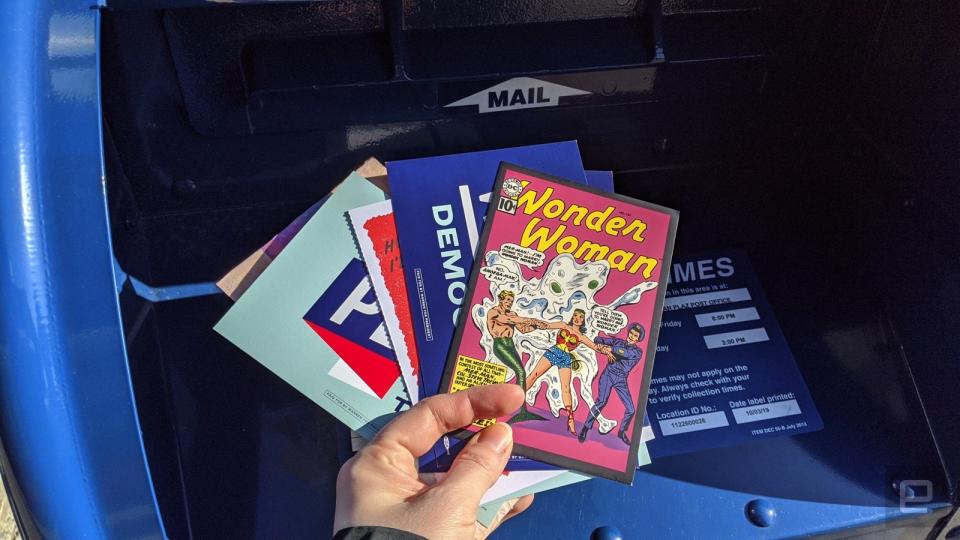
The first batch went out to my family and friends, but I quickly realized I wasn’t going to get much in return since sending mail wasn’t their hobby, just mine. To make my new pastime more gratifying I needed to find like-minded people. And in 2020, that meant going to the internet.
I have one friend with whom I regularly exchange postcards. She even posts scans of them online, originally on Tumblr but these days she posts to a dedicated Instagram account. I ended up following her lead, creating a new Instagram account just for my snail mail activities. To populate my feed I searched tags like “postcard” and “stationery,” settling on a small list that showcased things I was interested in. This of course, fed the algorithm, showing me even more accounts belonging to mail lovers around the world.
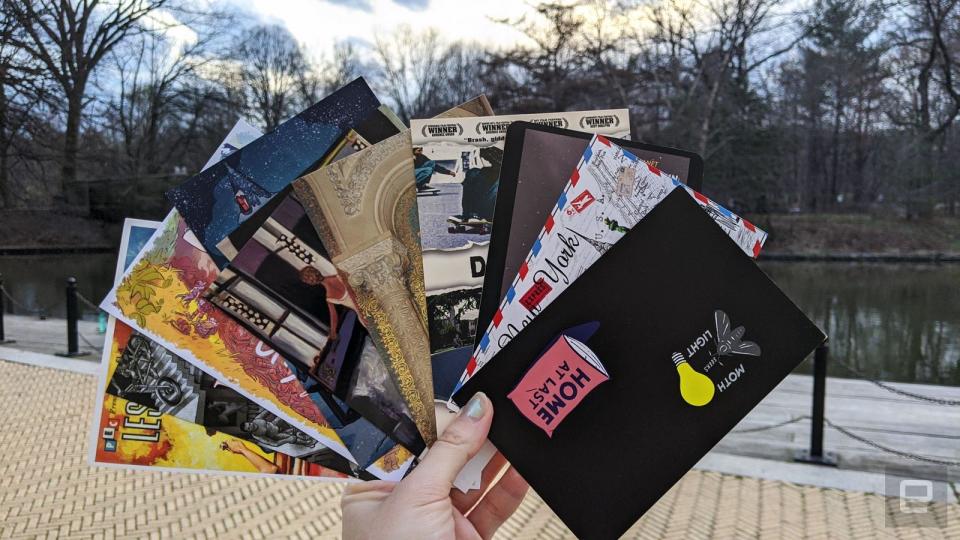
As I browsed these images, one tag that kept coming up was “postcrossing,” which got me wondering exactly what it had to do with these wonderful postcards people kept posting. A quick Google search took me to the website, which ended up being the solution to my “not getting any mail in return” problem.
Postcrossing was founded 15 years ago last week by two Portuguese postcard lovers, Ana Campos and Paulo Magalhães. The basic idea is that registering for the site allows you to request the mailing address of random users. You can then send them a card of your choosing from your own stash, making sure to write the Postcrossing ID on it. You mail the card and, once it arrives at its destination, the recipient uses the ID to register the card. For each card you send that’s logged in, you’ll get a postcard in return from another user.
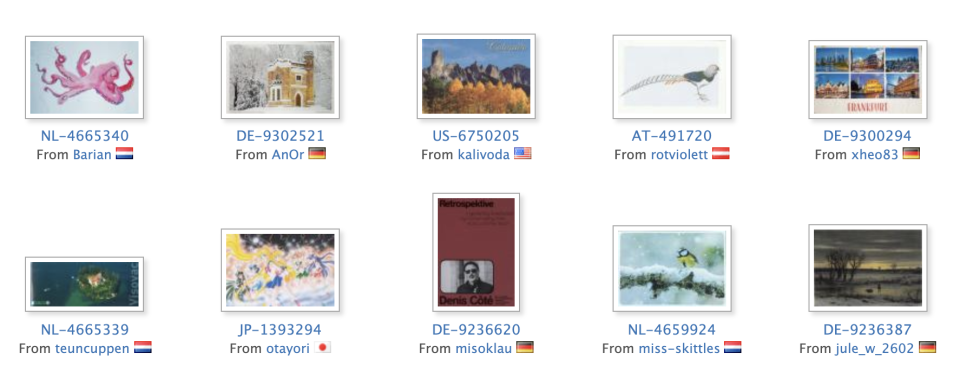
It isn’t a pen pal setup, per sé; you may never again correspond with the people who you send you cards to or to whom you send cards. The system is completely randomized and you’ll be matched up with someone new every time. But it won’t be a true worldwide spread of correspondence because of the sheer demographics of the site. Since creating an account in January, I’ve received 53 cards and sent 54, interacting with people from 26 countries. Most of the people have either been here in the US or in Germany. All of my cards have been either in North America, Europe or Asia, with only one from Australia. I still haven’t gotten connected with anyone in South America or Africa. There’s only one user in Antarctica, period, so the odds of connecting them are low — and they tend to be inundated with direct exchange requests.
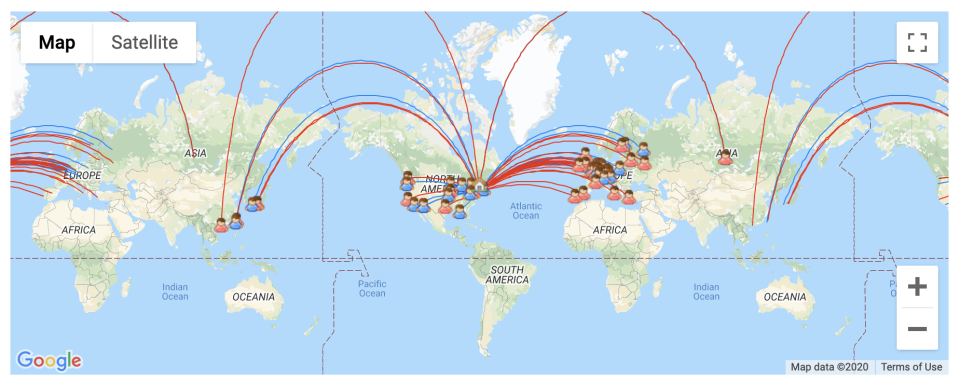
The site’s design is dated but it does the job: All told, the site’s users have received 15 million postcards. The lack of a mobile app is a bit of a pain only in that the site asks you to upload an image of the cards you send or receive. Sometimes I use Google’s PhotoScan app to do it, which does a good job maybe 75 percent of the time; when it doesn’t I have to fire up my scanner. Either way, adding the photos becomes a process, and a lot of people don’t even bother. Which sucks, because looking at the galleries of cards people have sent is delightful.
As much as I enjoy Postcrossing, it’s still a test of patience to wait for your cards to arrive at their destination before you can send even more. But instead of sitting around twiddling my thumbs, I went back to Instagram to connect with even more people over snail mail. There’s a sizable community over there, many of whom post their mailing addresses right in their bios. So I figured, why not? I dug into my collection of cards, addressed them to a bunch of “correspondence clubs” I found by searching Instagram, and now I have even more mail coming my way.
A post shared by via Micaela 📮 (@via.micaela) on Jun 27, 2020 at 1:14pm PDT
Some of these people go all out with fancy calligraphy, washi tape and collections of vintage stamps. As long as the postage adds up to the current rate, you can use any stamp made after the Civil War. It’s inspired me to step up my game as well: I've ordered custom postcards from Vistaprint, using pictures I’ve taken myself around the neighborhood. The cards have my name, Postcrossing and Instagram handles on them, along with a little bit of info of what’s shown in the photos. I’ve wanted to make my own postcards for a while, as I’ve been unsatisfied with the Brooklyn postcards I find, which almost always show the Brooklyn Bridge or Coney Island. I buy the latest stamps regularly from USPS.com — which also helps me support a vital organization currently strapped for funds.
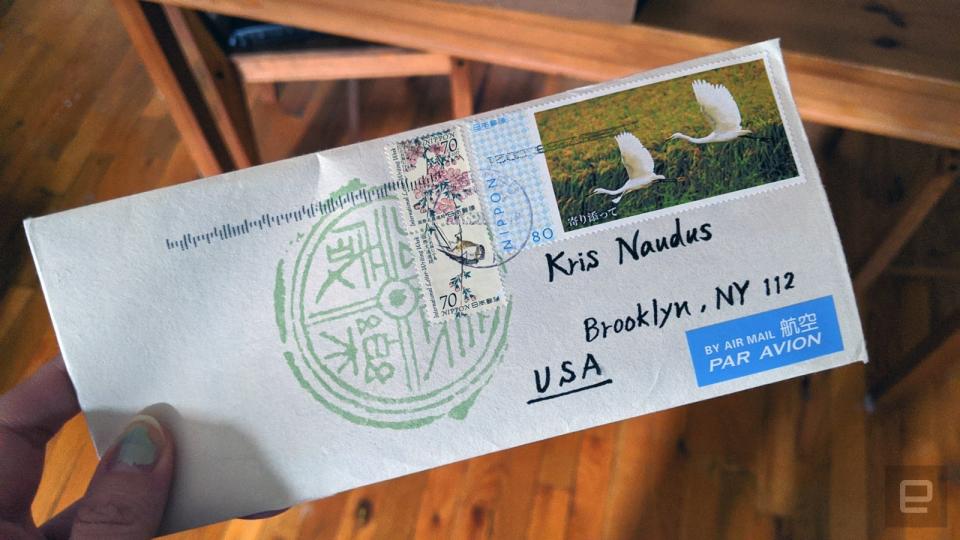
Snail mail has ultimately proven itself to me to be a pastime that really can weather the internet era, bringing me closer to people online as well as through their physical letters. Funny thing; a few months back I was in a stationery store (back when things were still open) and got to talking with a young woman about mail, stamps and all sorts of things. We exchanged addresses and I’ve sent her two postcards since but got nothing back. Meanwhile, I’ve gotten quite a few letters from the correspondence clubs I’ve reached out to, as well as a sweet middle-aged housewife in Japan who even sent me a poster for an anime I liked. In this case, the internet ended up better than real life.

